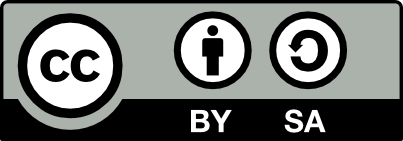The Density and Distribution Pattern of Tofu Mussels (Meretrix meretrix) as a Basis for Management in Batu Belubang Area, Central Bangka Regency
DOI:
https://doi.org/10.33019/akuatik.v17i2.4799Keywords:
Batu Belubang Village, Tofu Shells, Distribution PatternAbstract
Batu Belubang Village is one of the villages in Central Bangka Regency that has marine resources, one of which is tofu clams (Meretrix meretrix) which have economic and ecological potential and economic value. Tofu shells are animals that belong to the bivalve class that have a smooth and shiny shell, have a color and pattern on the outside surface of the shell. The purpose of the study was to determine the density, distribution pattern and relationship of tofu clam density with environmental parameters in the Batu Belubang Area. The study was conducted from May to June 2023 using survey methods and purposive sampling. The results of the study showed the highest density of tofu clams (Meretrix meretrix) in the Lower zone as much as 709.88 ind/ha and the lowest Middle zone as much as 570.99 ind/ha. The distribution pattern of tofu shells in the Upper zone obtained station 1 (0.17) with a clustering pattern, station 2 (-0.38), station 3 (-0.23) and station 4 (-0.33) uniform patterns. For middle zone station 1 (0.13) and station 3 (0.09) with a clustering pattern. While station 2 (-023) and station 4 (-0.33) pattern uniform. While the lower zone of station 1 (0.11) and station 2 (0.45) clustered patterns. For station 3 (-0.63) and station 4 (-0.23) the pattern is uniform. Based on the results of the Principal Component Analysis (PCA) test, salinity parameters that affect the density of tofu shells.
Downloads
Downloads
Published
Issue
Section
License
Under this license, others are permitted to share (copy and redistribute the material in any medium or format) and adapt (remix, transform, and build upon the material) for any purpose, including commercial use. Appropriate credit must be given to the original authors, a link to the license must be provided, and any modifications or derivative works must be distributed under the same license. This condition ensures that the original work and all derived content remain openly accessible under identical terms.








